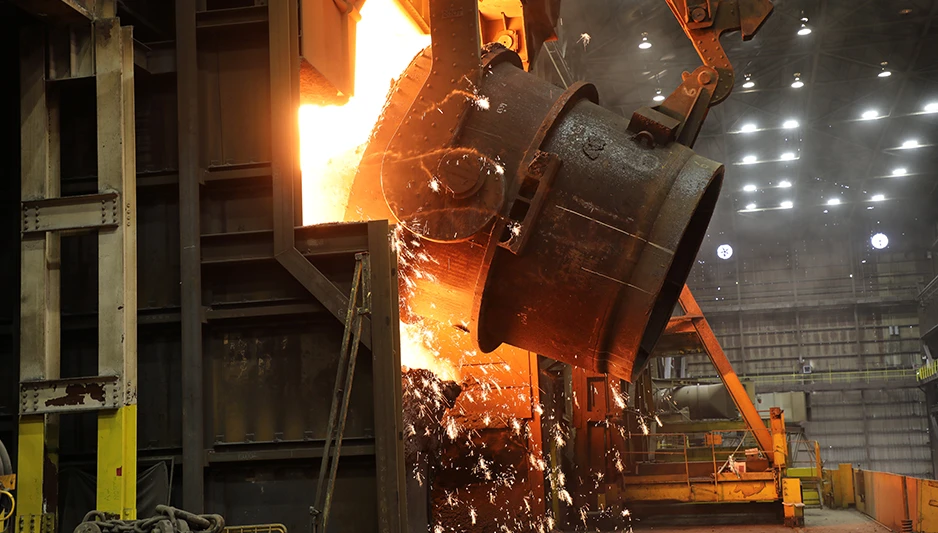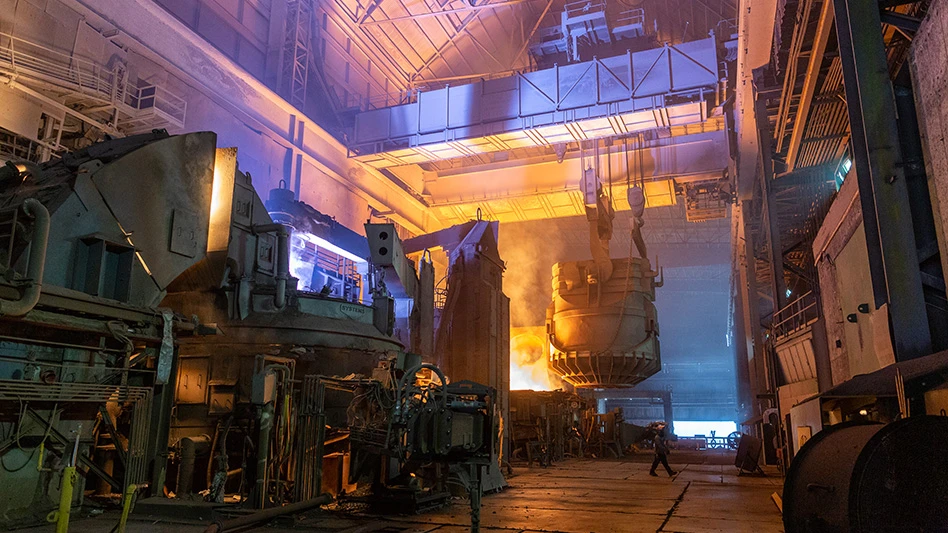For the first time, the nation's largest lead smelter, Doe Run’s facility in Herculaneum, Mo., made it through a quarter of the year in compliance with federal air regulations, the company said.
The Environmental Protection Agency and state officials blame pollution from the 110-year-old smelter for high lead levels found in the town's soil and the blood of its residents.
To meet EPA requirements, the smelter must remain in compliance through the end of June and complete emissions-reducing improvements by the end of July.
The state in recent weeks has reported elevated lead levels in the blood of more than half of the children living near the smelter and about 28 percent of all Herculaneum children who were tested in 2001.
The company is spending millions of dollars to reduce lead exposure in the small town about 30 miles south of St. Louis. Among other changes, Doe Run says it is fully enclosing the smelter's refinery and installing new filters in the smokestack.
"We have not completed all of our work on the facility yet," said Doe Run spokeswoman Barb Shepard. "We are still going to have even more reductions in the emissions."
Herculaneum Alderwoman Leslie Warden said the company could have saved the town a lot of grief if it had been in compliance years ago.
She said the air monitors record only a three-month running average of the lead levels. That means the smoke stack could briefly release dangerously high amounts of lead but remain in compliance by maintaining low emissions at other times, she said.
Under pressure from Gov. Bob Holden and state regulators, the company said March 19 that it would buy 160 homes within three-eighths of a mile of the smelter. Twenty-four homes are to be bought soon and the rest over the next 2 years. Associated Press
Latest from Recycling Today
- In memoriam: Benny McGill
- Autocar releases Smart Battery Cable to advance refuse truck fire safety
- PLASTICS launches Positives of Plastics website
- Impact Air Systems launches compact ZAC400
- PCA to shut down paper machines at Washington containerboard mill
- BMRA provides landfill guidance for UK shredder operators
- Fornnax high-capacity tire recycling plant
- EU introduces measures to secure raw materials, strengthen economic security





